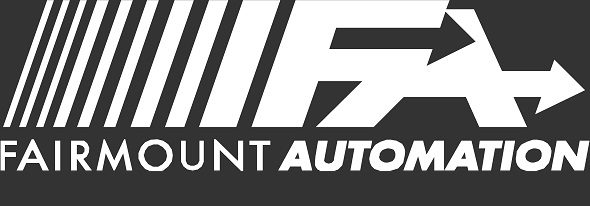Fairmount controllers represent a new breed of environmentally hardened, modular, high-performance distributed devices designed to enable sophisticated process and logic control to survive in harsh environments. It promotes the migration from larger centralized systems to smaller distributed controllers in the field, enabling significant savings in field wiring and installation cost. Distribution of control also increases availability by reducing the risk of single point / single location system failure often associated with centralized control.
Networking is vital to distributed / de-centralized control. Our devices support a host of network physical layers (e.g. copper and fiber / multi-port Ethernet, RS-485, RS-232, FTT-10A) and a variety of communication protocols from custom user-defined to widely-used industrial protocols:
Supported Protocols
- Modbus RTU (Master and Slave)
- Modbus ASCII (Master and Slave)
- Modbus TCP/IP (Client and Server)
- Ethernet/IP (Adapter and Scanner)
- Custom TCP Messages
- Custom UDP Messages
- PROFIBUS DP (Master and Slave)
- LonTalk
- OPC
- Custom ASCII/Binary
- FairNET
What is FairNET?
The FairNET industrial networking protocol was developed by Fairmount Automation to allow controllers, personal computers, and I/O nodes to work together and share information. This protocol takes advantage of specific features in our hardware and software products to make possible extremely fast network response times.
The primary objectives in the development of the FairNET protocol were network robustness and reliability. FairNET features a master-slave configuration that allows for efficient arbitration of the bus. If the network master ever goes offline or is disconnected from the slaves, one of the remaining slaves will automatically shift into the master role. And when the original master returns to an online state it will regain the master role. In addition, each network transmission carries error detection information to ensure that every received packet is valid before it is processed.
You can configure a FairNET network using the Design Pad graphical programming environment. To transmit a signal from one device to another, you simply add a broadcast block to the program for one device and a corresponding receiver block to the program of the other device. Design Pad takes care of the rest. Design Pad allows analog, digital, and mixed (both analog and digital) signals to be broadcast (and received) over the network. Design Pad also offers special Remote Parameter and Remote A/M operators which allow plant parameters and a station’s operating state (automatic/manual) to be accessed and adjusted from remote stations and/or remote PCs.
One of the most useful attributes of control networks is the ability to access network data from remote locations. We offer two software packages to connect FairNET-enabled devices to a PC and/or a PC network. The first is our FairNET OPC Server software package, an OPC-compliant server that enables clients (e.g., most popular HMI software packages) to connect to FairNET using the OPC specification. The second is our Design Pad software packages which can establish a native connection to FairNET field devices (bypassing the OPC layer).
Currently, FairNET devices communicate over RS-232, 3-wire RS-485, and IrDA links with transmission rates up to 1 Mbps. RS-232 and IrDA networks allow two devices to be connected together, typically a PC and a field device. RS-485 networks support up to 250 device connections.
| Fairmount Part Number | Description |
| 92001-000 | FAC-2000 FairNET Networking License |
